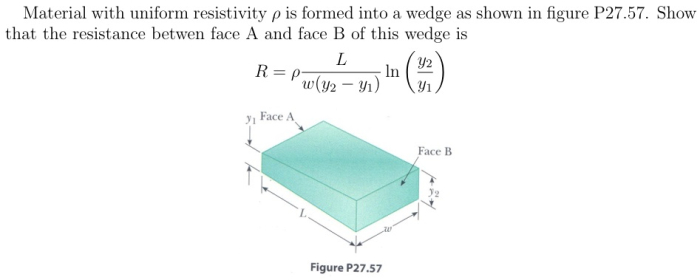Freshman physics textbooks have new editions released every few years. Consequently, the texts rarely have errors. This contrasts with advanced (graduate level) textbooks for which new editions are released every couple of decades, if ever, and have routine errors.
However, one problem has been given for decades, and (last I checked) is still given, and the solution involves a serious conceptual error. This is the problem as given by Serway and Jewett, Physics for Scientists and Engineers, 7th ed., 2008, Problem 27.57.

For me, deriving the requested solution is a two-liner: one for setting up the problem and identifying the required quantities, the other for doing the integration. The problem is probably quite difficult for the typical student. The "solution" is wrong. The equation R = ρl/A requires the current to be parallel to l and perpendicular to A. (The symbols mean length and area, respectively. R and ρ are resistance and resistivity.) Neither requirement holds here. The current expands or compresses (depending on the direction) and goes at an angle compared with what we use as l and A.
For several months, I've been obsessed with solving the problem correctly; it's highly non-trivial. I might be finally approaching a solution, though.


